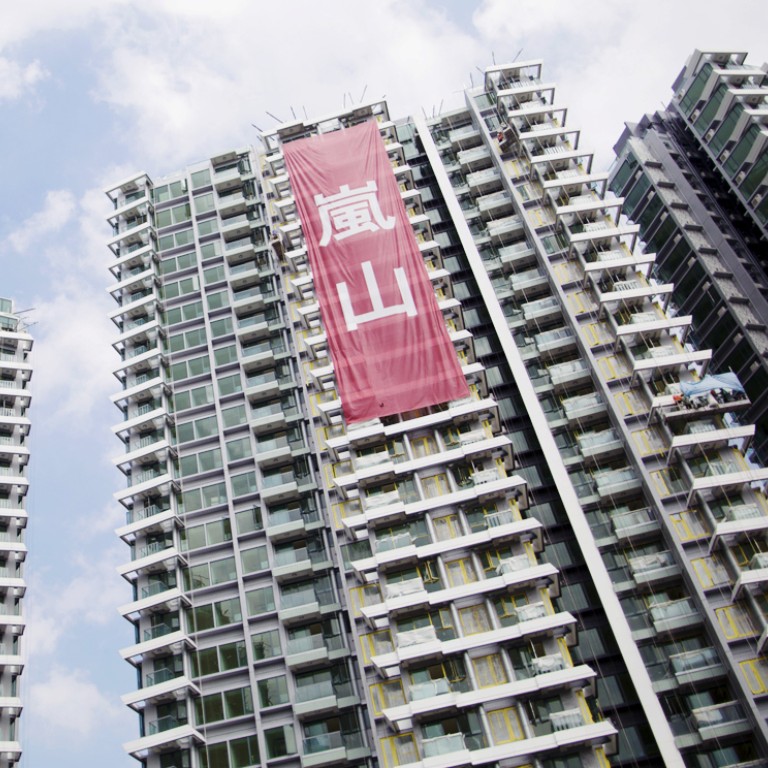
Trend towards building smaller flats is not a healthy sign
There is at least one important way in which the government's campaigns to increase flat supply and crack down on property speculation has succeeded. Developers who used to make a killing selling so-called luxury properties are switching to small flats.
There is at least one important way in which the government's campaigns to increase flat supply and crack down on property speculation has succeeded. Developers who used to make a killing selling so-called luxury properties are switching to small flats since anti-speculation measures like the double stamp duty were introduced. This would help increase supply and home ownership. In that sense, it's a welcome development. But the trend towards smaller and smaller flats is not something a developed economy with civilised living standards should aspire to.
In most developed economies, the flats you live in get bigger as you earn more. Not in Hong Kong, though. Reasonably sized flats are now beyond the reach of most aspiring homebuyers. You may grow richer but the flat you live in doesn't necessarily get bigger, only more expensive. As for most aspiring first-time buyers, tiny flats are their only option.
The city's infamous shoeboxes are now described as fairly sizeable as some truly mini-flats are hitting the market and selling like hot cakes. Strong demand for small flats pushed property prices to a fresh high in July. Most people expect the gains to continue. The Rating and Valuation Department's monthly price index for private homes climbed to a record 255.6 in July.
It cost HK$5.06 million to buy a 431 square foot flat on Hong Kong Island in July, compared with HK$4.9 million in March; HK$4.18 million in Kowloon, from HK$3.84 million; and HK$3.7 million in the New Territories from HK$3.4 million, during the same period.
Instead of building luxury flats like the 2,000 sq ft units it had originally budgeted, Sun Hung Kai Properties now wants to turn them into studio units as small as 200 sq ft in Sheung Shui, Tai Wai, Tuen Mun and Yuen Long. This month, tiny flats at Mont Vert, developed by Cheung Kong (Holdings), in Tai Po, including one as small as 177 sq ft, were sold for HK$1.77 million to HK$2.15 million.
Sino Land, Chinese Estates Holdings and Hang Lung Properties are following suit.
Hong Kong has an ageing population, and small flats will hardly encourage young families to have children.
The trend towards smaller and smaller flats will have unforeseen consequences that may not be healthy for the city's future development.

